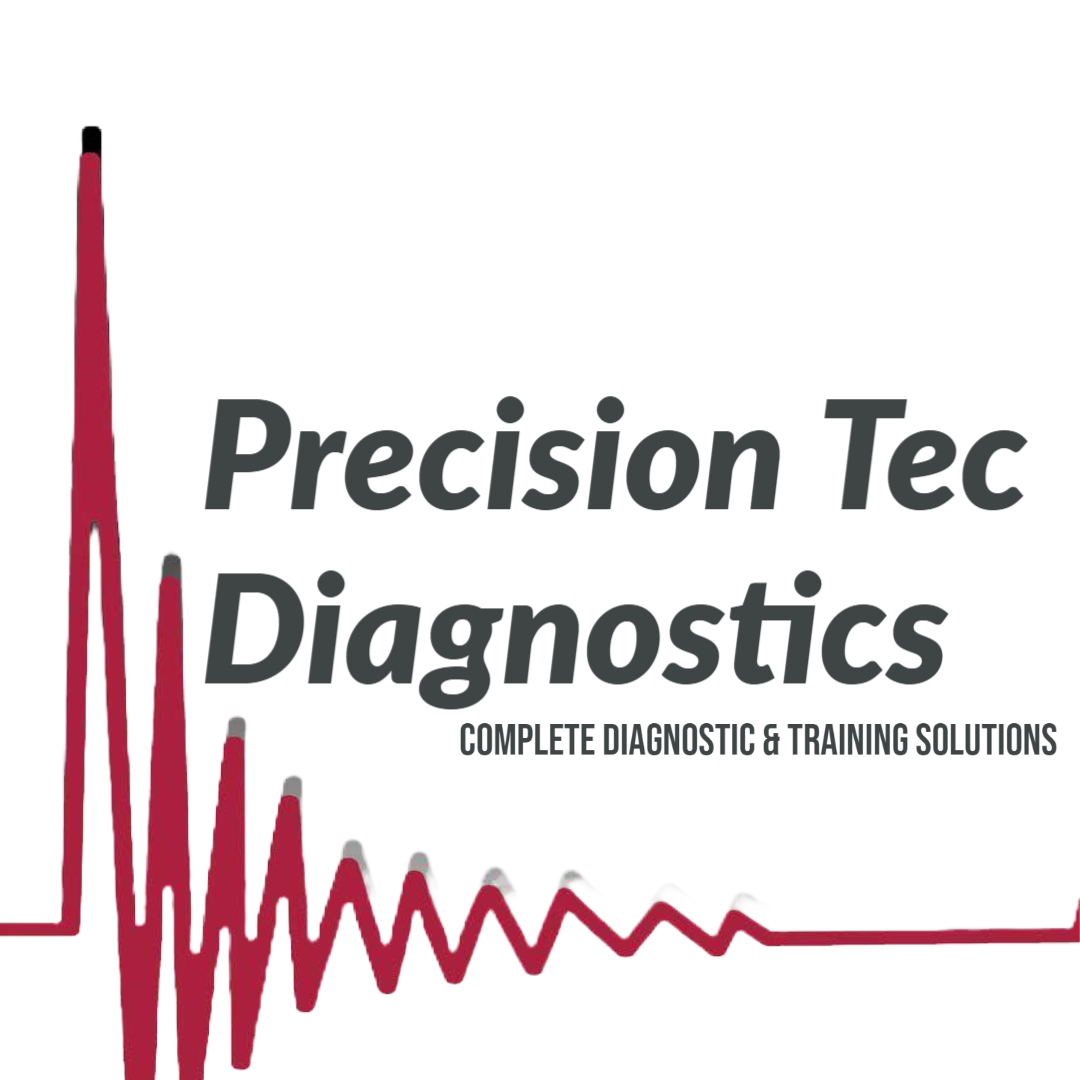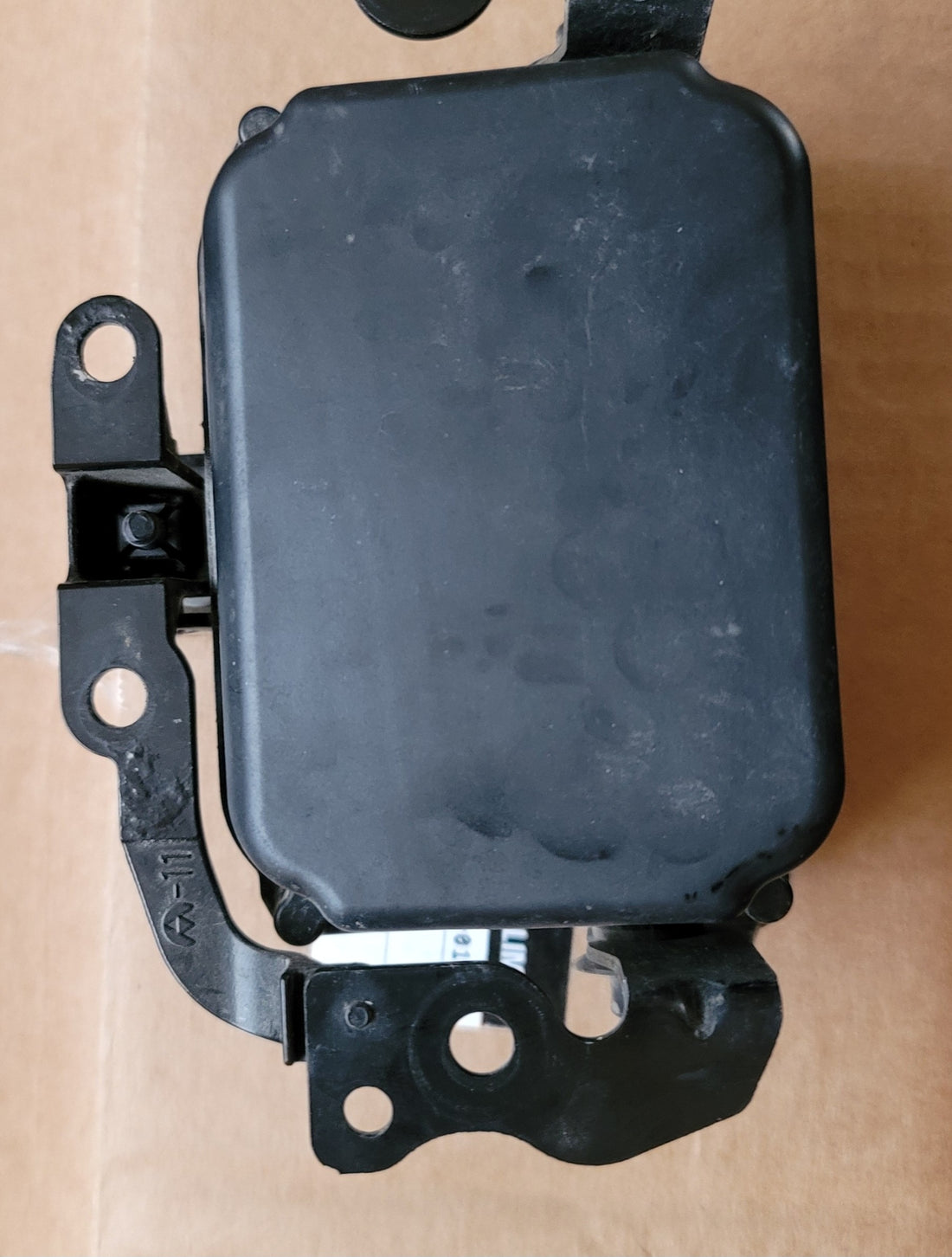I speak with many collision repair centers during the course of a typical work week. One common thing I continue to hear is; "that (insert ADAS component here) didn't take a direct hit so it doesn't need to be calibrated". This misconception simply isn't true and could be outright dangerous. If the component is moved, there is damage near an ADAS component, or you painted the outer panel, calibration is required. If you are an avid shooter you can think of ADAS components as a scope on your rifle. If you drop your rifle, or replace your scope, aren't you going to confirm it is sighted-in before your next hunting trip or competition?
Let's consider a recent call I received from a collision repair center. The collision center asked me to come out and calibrate an adaptive cruise control system on a Toyota Highlander. When I arrived, I asked for the back story and was told that the vehicle received minor damage to the passenger side of the grill in a parking lot incident and did not take a hit to the radar sensor. The vehicle scan did not indicate any problems. The grill was replaced and the vehicle was returned to the customer. A few days later the customer returned to the shop and claimed the adaptive cruise control did not operate. The first thing I did was to confirm the complaint by test driving the vehicle. Once I confirmed the issue, I returned to the shop to perform a pre-scan and visual inspection. The pre-scan and visual inspection did not reveal any concerns. I wanted to do a calibration test as part of my diagnostic procedure. I proceeded to setup my equipment to perform the calibration. During the calibration, I received a failure message indicating too much of a downward angle. After confirming that the wiring, mounting, and initial mechanical adjustments were correct it was determined that the radar sensor took enough shock to damage it internally. After replacing the radar sensor, I was able to successfully calibrate the adaptive cruise control system. A post-repair road test allowed me to confirm the system was now operating as intended.
Let's take this example a little farther and think about some of the possible consequences had the customer not noticed the adaptive cruise not working properly. Many vehicles are also equipped with automatic emergency braking and use the same sensor (or same type of sensor) as the adaptive cruise control. And many vehicles are equipped with automatic emergency braking without adaptive cruise control. If this vehicle would have been one of the many vehicles with automatic emergency braking without adaptive cruse control, we may not have known the system was inoperative until the vehicle was in a collision. Vehicle owners have become reliant on these systems working properly and as industry professionals it is our responsibility to make sure these safety systems are fully functional after a repair.

